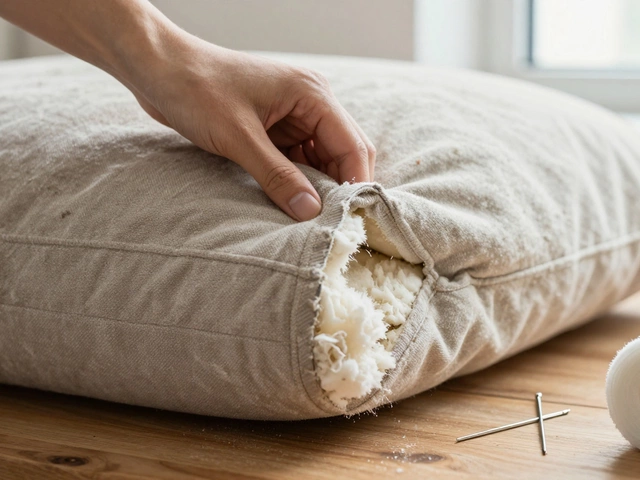Furniture Transport: How to Move Your Pieces Safely and Efficiently
When working with furniture transport, the service of moving furniture between locations while keeping each item intact. Also known as furniture moving, it relies on a blend of proper equipment, careful packing, and solid logistics planning. If you’ve ever tried to haul a sofa up a stairwell or fit a dresser into a tight hallway, you know the headaches that come with a poorly planned move. The good news? Understanding the core pieces of the puzzle—vehicles, materials, and coordination—turns a chaotic chore into a straightforward project.
The backbone of any successful move is the moving truck, a vehicle equipped with ramps, tie‑down points, and space optimized for bulk items. A right‑size truck prevents overloading, which can damage both the cargo and the vehicle’s suspension. Choose a truck whose interior dimensions accommodate your longest piece with a few inches to spare; this margin makes loading and unloading smoother and reduces the risk of scratches. Many companies now offer climate‑controlled options, a useful feature when transporting delicate woods or antique pieces that can warp in extreme temperatures.
Equally important is the selection of packing materials, protective supplies such as blankets, bubble wrap, and strap systems used to secure furniture during transit. High‑density moving blankets are a must for protecting surfaces from dents and scratches. For glass tables or mirrored cabinets, double‑layered cardboard and custom‑cut foam inserts guard against breakage. When you wrap each item, label the bundles with room and orientation notes; this saves time during unpacking and keeps the flow organized. Remember, the cost of good packing supplies is tiny compared to the price of repairing a damaged heirloom.
All of this ties back to logistics, the planning and coordination of resources, routes, and timing needed to execute a move efficiently. Good logistics start with a clear inventory: list every piece, note dimensions, and assign a priority level. Use a simple spreadsheet or a mobile app to track this data, then map the most direct route between pickup and delivery points, accounting for traffic hotspots and low‑bridge clearances. Scheduling the move during off‑peak hours can shave hours off the travel time and lower the chance of unexpected delays.
Key Factors for Smooth Furniture Transport
Putting those three entities together creates a reliable framework: furniture transport encompasses the right moving truck, requires proper packing materials, and depends on solid logistics. When you align these elements, you minimize the chance of damage, reduce stress, and often save money by avoiding last‑minute rentals or repairs. Below you’ll find a curated list of articles that dig deeper into each part of the process—whether you’re looking for DIY packing hacks, truck size calculators, or routing tips for city moves. Dive in, pick the sections that match your project, and turn your next furniture transport into a hassle‑free experience.
Is It Wise to Remove Couch Cushions When Moving?
When relocating, the decision to remove couch cushions can significantly impact your moving process. Understanding the benefits and drawbacks, alongside practical tips, can make furniture transport more manageable. Avoiding damage and ensuring easy handling are primary considerations. Let's explore the impact cushions have during a move and if their removal is a beneficial strategy.
full article




